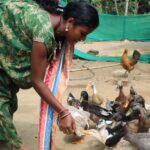You probably loved the first feature of wedding gift ideas inspired by local Indian art and crafts, where we recommended art forms like Gond, Khovar, Madhubani and Phad, to name a few. India’s artistic legacy being myriad, we couldn’t recommend them all, so here’s a follow-up feature on religious paintings and home decor items that should cover your wedding gift shopping this season.
Religious Paintings
Kalamkari Paintings
Historically, Kalamkari paintings thrived during the Mughal period (1526-1857) in India, within the regions of Golconda and the Coromandel Sultanates (parts of Andhra Pradesh and Tamil Nadu) in South India.
Depiction of Hindu deities and scenes from Hindu epics such as Ramayana and Mahabharata, are the dominant themes of this art form. These paintings typically have bold outlines and intricate detailing.
Since these paintings tell stories of the divine, love and valor; these can be given as wedding gifts to symbolise divinity and auspiciousness for newly-wed couples.
Pichwai Paintings
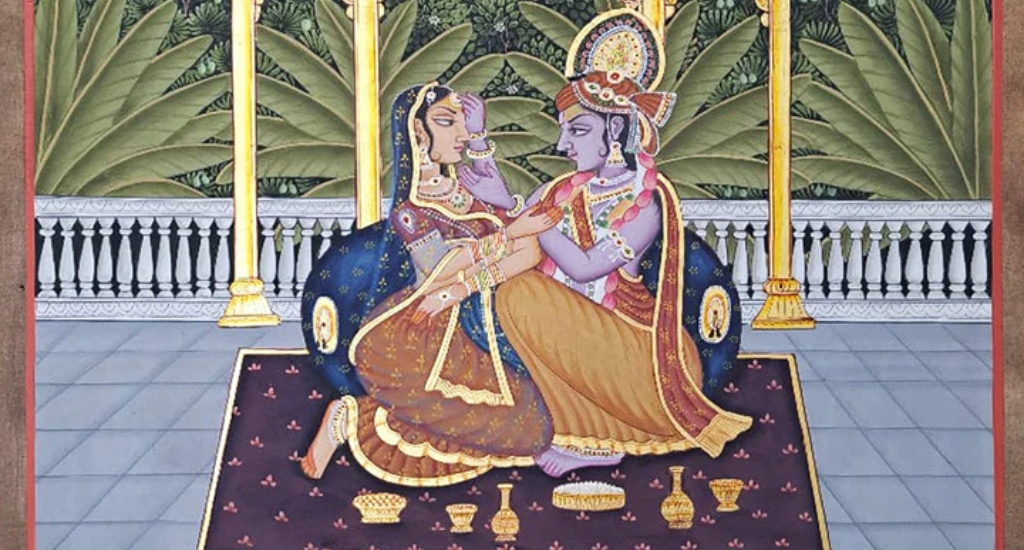
A 400-year-old artform from Nathdwara, Rajasthan, Pichwai paintings are one of the most popular religious as well as traditional paintings of India. Themes of this painting style generally revolve around the life and experiences of Lord Shrinathji – a seven-year-old divine form of Lord Krishna.
These paintings are embellished with real gold and silver foil to give them an ethereal quality.
A Pichwai can make for an excellent wedding gift as it symbolises divine love and spirituality for couples. It is an expression of devotion as well as auspiciousness.
Pattachitra Paintings
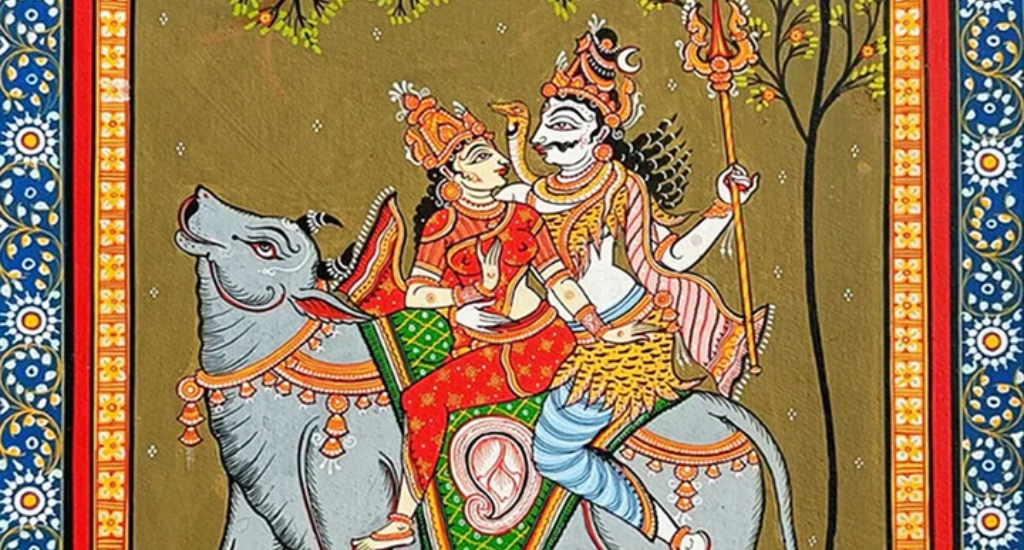
Pattachitra art is practiced in the regions of Odisha, West Bengal and Bangladesh. It is typically a scroll painting that represents scenes of mythology from Hindu epics, such as Ramayana, Mahabharata, Geet Govind, and Bhagwat Geeta.
These paintings are characterised by large eyes and elongated costumes. With their vibrant colours, these paintings symbolise divine protection and love.
Therefore, Pattachitra paintings serve as an artistic expression of religious devotion. These make for a great wedding gift as one of the most sought-after pieces of art in the country.
Tanjore Paintings
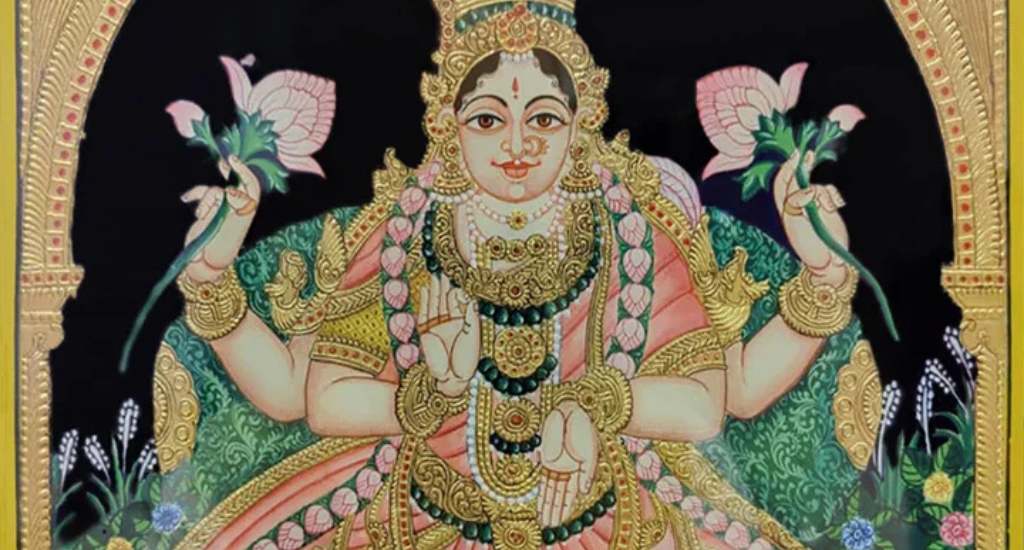
Tanjore of Thanjavur paintings from Tamil Nadu, are known for their rich colours, elegant compositions, and the aesthetic use of gold foil. These paintings commonly incorporate images of various Hindu gods and goddesses, owing to this art’s origins in the temples of South India during the 16th century.
Due to its great spiritual and cultural value, an original Tanjore painting is an expensive piece of art to make and also to buy. Delicate gold foil detailing is seen in the decoration and costumes of various deities painted in this style.
Gifting a Tanjore painting to a couple would symbolise health, wealth, divine protection and spiritual well-being.
Terracotta Figurines
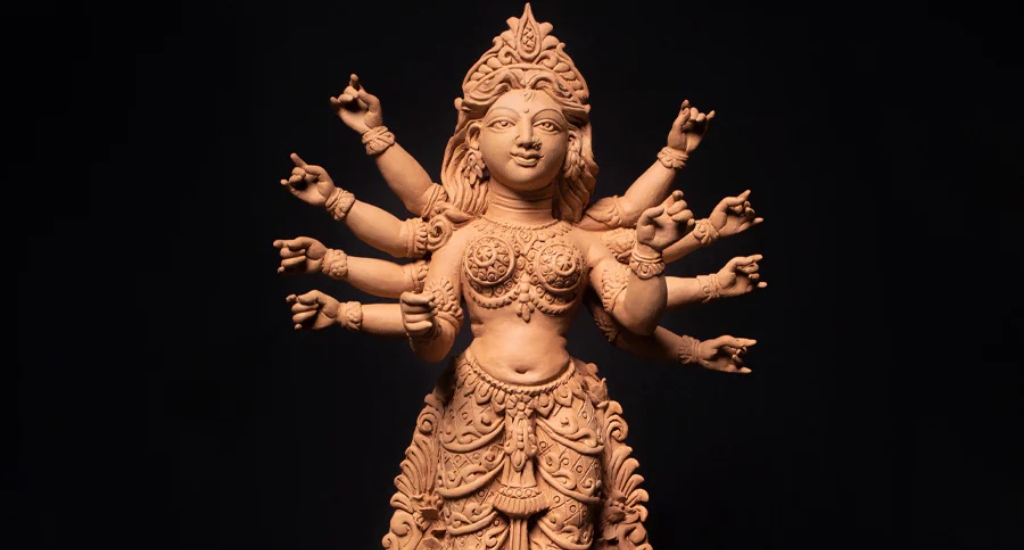
One of the oldest forms of artistic expression, terracotta art encompasses a wide range of items such as figurines, decorative plates, sculptures and wall hangings.
Terracotta figurines are one of the most detailed and laborious pieces of artwork. With their fine detailing in clay, coupled with its cultural significance in India, these figurines make for one of the most exquisite gifting items.
Figurines of various animals, gods and goddesses, with elaborate details on their costumes and figures, indicate the mastery that Indian terracotta artists have established over the years.
These are sustainable and environmentally conscious pieces of gifts one can give during weddings.
Home decor items
Terracotta Home Decor
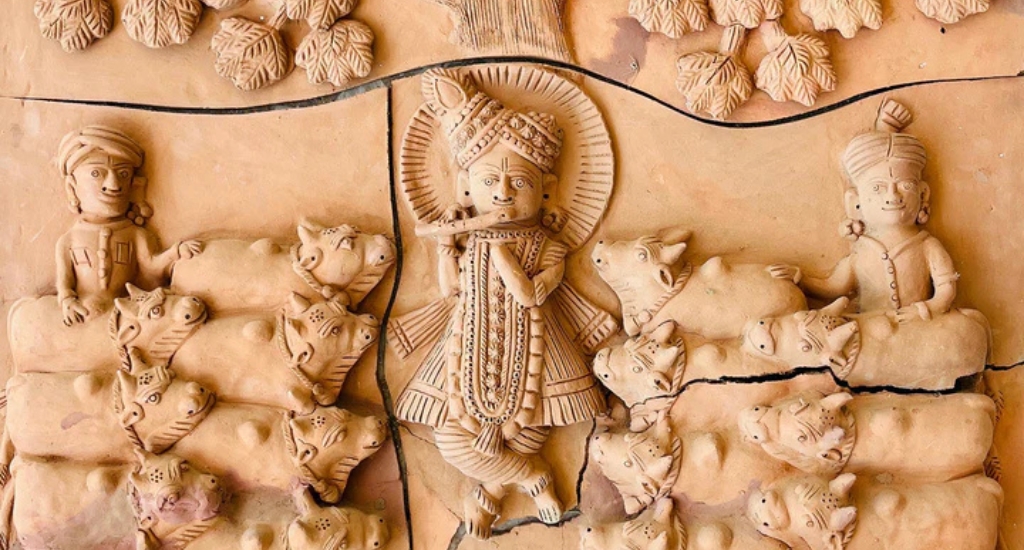
Terracotta art includes various outstanding home decor items such as decorative plates, wall hangings and panels. An environmentally friendly and accessible art form, terracotta has created a unique space for itself in the art world.
There is no certain technique to this art and it mostly depends on the artists how they want to make their art. However, it does require excellent pottery and sculpting skills, which are passed on from one artist to another.
Panels of various divine scenes, animals, elements of nature and even scenes from Hindu epics are created through this artform.
Kashmiri Paper Mache

Paper mache is a well-known craftform all over the world. However, Kashmiri paper mache art refers to the intricate and regal decoration of items made through the technique of paper mache.
The common features in this art include floral patterns, animals, symmetrical designs, and intricate detailing. The Chinar leaf as well as the tree, are recurring motifs in this art, as it is Kashmir’s cultural and natural symbol.
Some of the well-known patterns that are decorated on these items are Hazara (thousand flowers), Gul ander Gul (flower within flower), Badam Tarah (Mango shaped almond motif), and the Yarkand (an elaborate spiral design with golden rosettes radiating from various centres).
These designs are made such that they glitter in shades of gold and silver. This gives the items an elegant and rich look.
Various types of wallets, clutches, coasters, jewellery boxes, and animal figurines are made in this style.
Dhokra Metal Craft
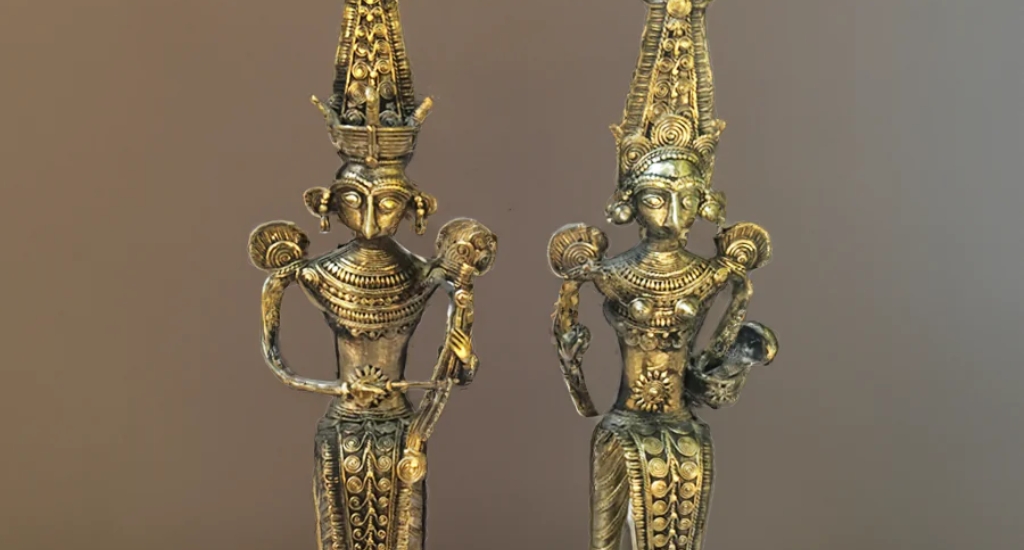
An ancient form of metal casting, Dhokra art originated in the tribal regions of India. Tribals from various communities in the regions of West Bengal, Odisha, Jharkhand and Chattisgarh, practice this craft.
This craft historically dates back to the Harappan civilization (3300-1300 BCE). According to many legends of the time, the knowledge of Dhokra craft was passed to the people by divine beings. It is thus a revered form of craft in many tribal communities.
It is widely known for its rustic charm and finely detailed designs. It is mostly inspired by nature, mythology, folklore, and daily tribal life. Various figurines of animals, birds, humans and tribal deities are made with this metal-casting art form.
The figurines are made using the lost-wax technique.
These figurines are a valued piece of craft and will make for a culturally significant gifting item during wedding ceremonies.
Wood and Brass Suri Bowls
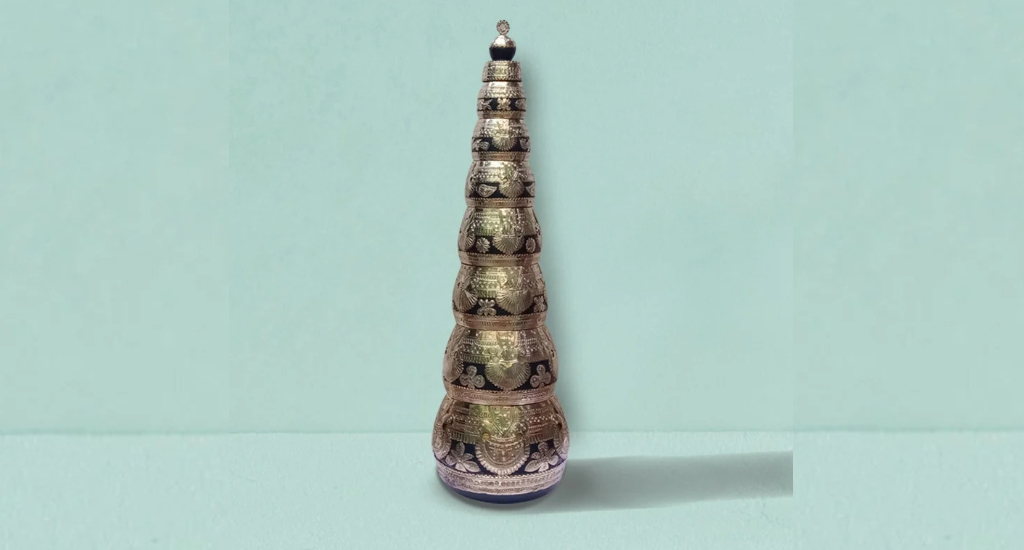
Sherpai or Suri bowls were regarded as an essential measuring tool in Bengali households of wealthy farmers and zamindars (a collector of land revenue during the Mughal and British rule in India).
It was primarily used to store rice and other types of grains like paddy. It developed in the late 18th century and is traditionally crafted out of wood and adorned with brass bindings.
A traditional Suri bowl set comprises a set of seven bowls stacked one over the other, in the decreasing order of their sizes.
Historically, making a set of Suri bowls includes 40 steps and requires skilled craftsmanship. Only one family in West Bengal is engaged in this form of craft indicating the need to take immediate steps to preserve it.
A set of Suri bowls has proven to be a functional piece in the modern kitchen and make for a great wedding gift to any newly-wed couple.
The lead image on top depicts the painting ‘Story of Ganesha’, a Kalamkari composition by Harinath N. (Photo courtesy MeMeraki)
This story first appeared on MeMeraki.
About MeMeraki
MeMeraki is India’s first ‘culture-tech’ platform using technology to empower and accelerate the artisan creator economy. Their mission is to digitise every heritage art and craft of India to ultimately create sustainable livelihoods for artisans.
Arushi Mishra is a passionate art enthusiast with a penchant for exploring different forms of art. Arushi is also an eager writer and loves to write on history, art and various global issues.


